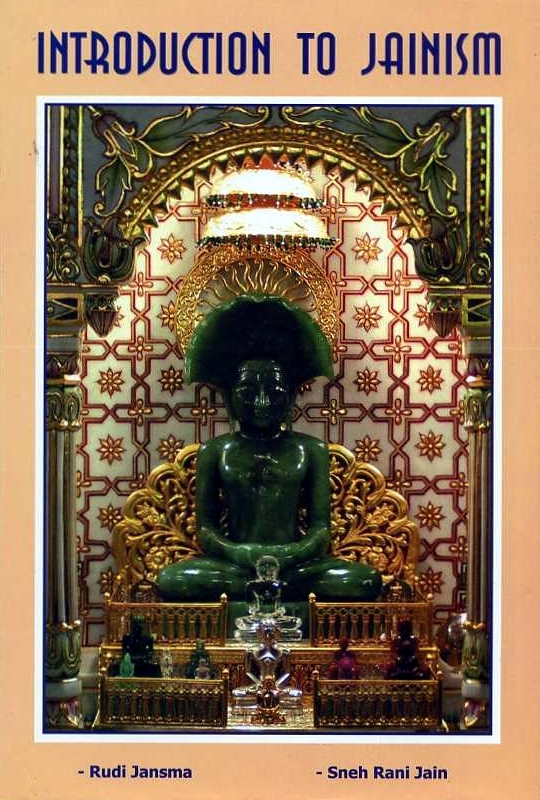For their extreme passions, anger and deceit the lowest (7th) of the lower worlds is occupied by the most wicked human souls (revengeful people who behaved like cruel animals) who were of the male gender. Women can go no lower that the 6th because they are unable to degrade themselves as much as men. Wicked rulers, too, usually occupy the 7th of the lower worlds. Animals are said to occupy different layers in the underworld as a result of their thoughts and suffering at their time of death. Carnivorous animals occupy the 6th infernal world, while birds abide in the 1st or highest hell. Animals mostly face a violent death in their earthly life. Sometimes they die fighting and often in agony. Thus dying in emotion causes them to take form in a hell, but of a relatively high type. [*]
The lower worlds are not only inhabited by beings, which have to go through hellish experiences - mainly ex-humans. The highest region of hell is also inhabited by celestials belonging to classes which can also be active on earth. These have been divided into two types: those living in fixed locations and those who transmigrate. Some belonging to this group are extremely unjust and cruel and use all their ingenuity to enjoy themselves routing hellish beings, which already undergo so much suffering. Apparently they hate those who were “bad” people on earth and they take sadistic pleasure in tormenting them even more. Do we not also recognize this character among earthly humans? Despite their in a sense spiritual development they have trained their character in hatred. But most of the astral beings of this class are involved in meteorological and geological phenomena, and, where possible, protection of man against these.
The second group includes those who live on earth or on the other dvīpas of the Middle World as well as in the lower celestial and highest hellish worlds. They live in forests and caves, and can, if they want, come to help individual human beings. Some may give warnings when danger threatens, because their senses stretch out further in space and time than ours. Often they live in wealth and happiness, and enjoy sexual pleasures also - something, which of course no longer occurs among the higher gods, or those who successfully practiced asceticism. Some of them, particularly some of the yakshas (vyantaras), prefer to abide near ascetics or enlightened men, because they feel that much good radiates from them. But others are only the “shadows” of humans who passed away (from their physical body) and which spook around for good or evil, possess people or can even vampirize them. There are many people in India who can relate personal experiences of this nature, and we know stories of this type are found all over the world.
The vyantaras may occupy a tree, some old, deserted house or ruins, temples or whatever region they can live. Because they have a subtle body they can not be seen by our eyes, but they protect their own territory. Hence Jains, when entering a temple, do not want to disturb them and request them to permit them to enter the temple by saying “Nissahi, nissahi, nissahi!” and when leaving say “Āssahi, āssahi, āssahi,” “thanks, take your place,” so that these celestials are not offended or hurt.
Sometimes such celestials protect the area by taking various body-forms, such as those of multi-headed animals, as are shown even in Indus drawings from thousands of years ago, or they may take the form of semi-human figures, as we can see in the walls of modern temples also. They are also knows as yakshas and yakshinis, protecting the temple grounds. [*]
All these beings fulfill specific intelligent and conscious roles within a karmic totality and their “society” is structured hierarchically, each hierarchy with an Indra or divine king at the top. The same applies to the next class of gods or celestials, which live in the lower regions of the higher heavens.
 Dr. Sneh Rani Jain
Dr. Sneh Rani Jain
 Publisher:
Publisher: